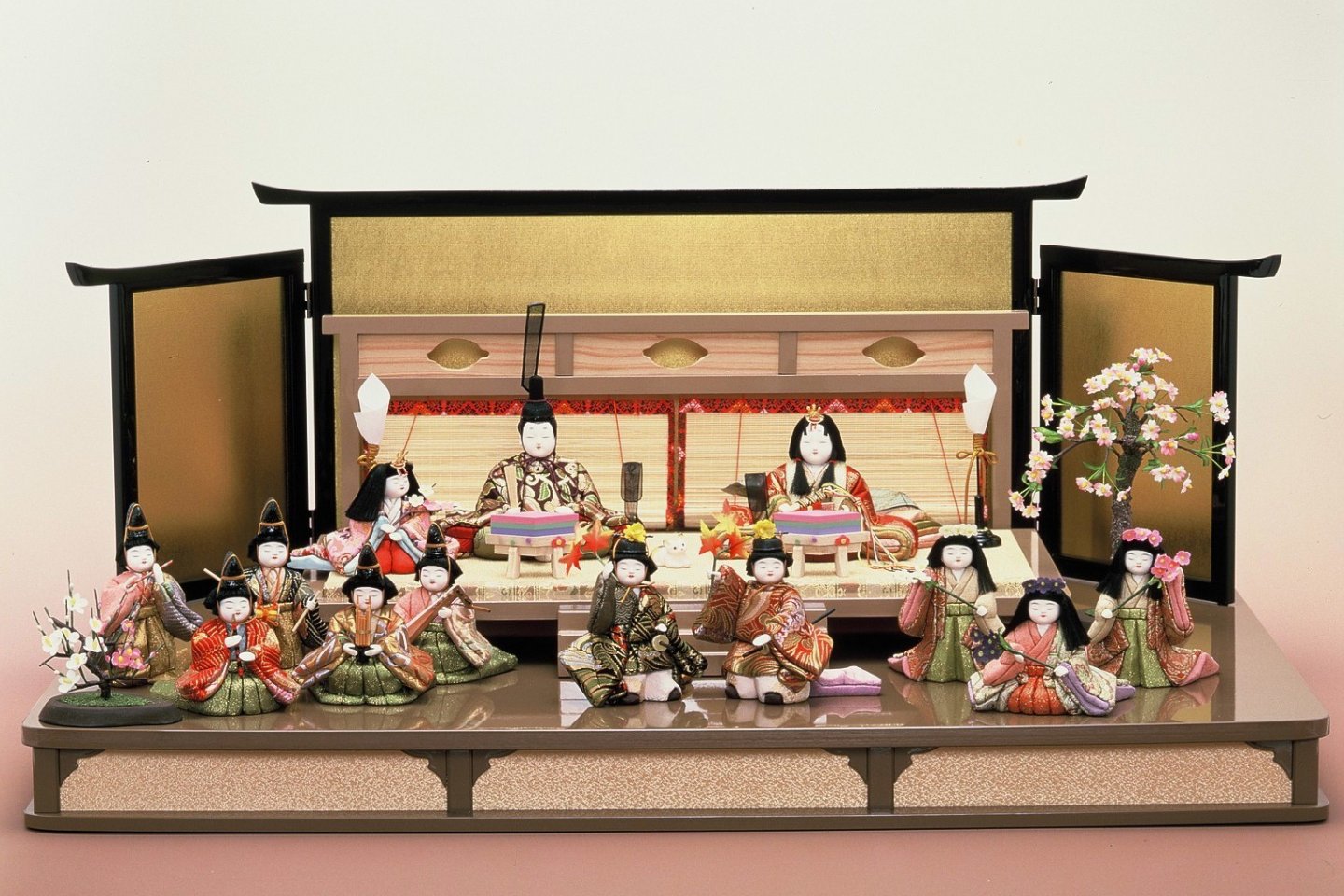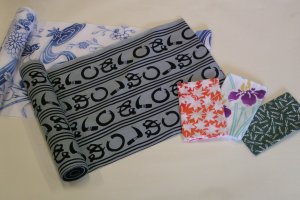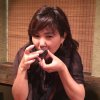An array of 44 different Edo Period-style crafts will be on exhibition and for sale at the 58th Tokyo Traditional Crafts Fair. The Tokyo Metropolitan Area Government-sponsored event is free to the public and will be held from January 21-26, 2015 at Shibuya-ku Sendagaya 5-24-2.
The craftsmanship of these items has been passed down through the generations as early as the 7th century gaining widespread recognition throughout the Edo Period from the early 17th century to mid 19th century. Such crafts include glassware, furniture, decorations, jewelry, and art supplies.
Edo Kimekomi Ningyo, wood and cloth dolls, are said to have originated 250 years ago from a Kyoto man by the name of Tadashige Takahashi. In between jobs, Takahashi would create dolls from leftover willow from Kamigamo Shrine festivals at which he worked. Today, the dolls are created with toso, a resin containing paulownia tree sawdust, a single piece of cloth for clothing, silk threads for hair, and completed with painted faces. The dolls are made in the Taito, Sumida, and Arakawa Wards of Tokyo. “Kimekomi” comes from the carving of small groves where the silk is tucked in so the dolls will have smooth dress lines.
Tokyo Ginki are unique pieces of silverware made from sterling silver at a purity of 92.5 percent or greater. They are melted, molded, and then decorated with handmade shapes, hammer and chisel designs, or jigsaw and chisel mosaic patterns. The silverware, whose origins date back to 916, are today made in the Taito, Arakawa, and Bunkyo Wards.
Tokyo Honzome Yukata, or indigo-dyed summer kimono, are lightweight and perfect to wear during summer festivals and fairs (just don’t forget your geta, or wooden sandals). Made in the Edogawa, Adachi, and Katsushika Wards, designs to be used on the textiles are cut into persimmon-treated paper and are stenciled on the cloth by hand. A chusen technique is used for dyeing, in which many colors can be used at once and dyes are exposed to both sides of the cloth. Yukata were once used for during and after bathing and was transformed from a cover-up to festival wear.
Edo Shishu embroidery includes handmade designs that are threaded with silk, gold, silver, and urushiito, or lacquered thread. The oldest embroidered tapestry, named “Tenjukoku Mandara Shucho,” is from the early 7th century and remains at the Chugu-ji Temple in Nara Prefecture. As the technique evolved, dyed textiles were added to the embroidery. Nuihakushi, or embroidery masters, plan their crafts by bearing in mind the thickness of the threads they use. Today, shishu embroidery is made in Adachi, Shinjuku, and Koto Wards.
Edo Karakami is patterned paper used for decorating sliding doors and folding screens. Many techniques can be used to achieve the final product, which include woodblock printing, brush dyeing, hand-rubbing, calico printing on cotton, and use of decorative powders. This craft was developed from China in the Heian Period, which was from the late 8th century to the late 12th century. Today the paper is made mainly in the Edogawa, Nerima, and Bunkyo Wards.
Exhibition hours: January 21 (Wed) - 10:00 - 20:00 January 22 (Thu) - 10:00 - 20:00 January 23 (Fri) - 10:00 - 20:30 January 24 (Sat) - 10:00 - 20:30 January 25 (Sun) - 10:00 - 20:00 January 26 (Mon) - 10:00 - 18:00






![Top 5 English Bookstores in Tokyo [2014 Edition] Top 5 English Bookstores in Tokyo [2014 Edition]](http://a0.cdn.japantravel.com/photo/13649-79794/90x60!/tokyo-5-english-bookstores-in-tokyo-2014-79794.jpg)




























